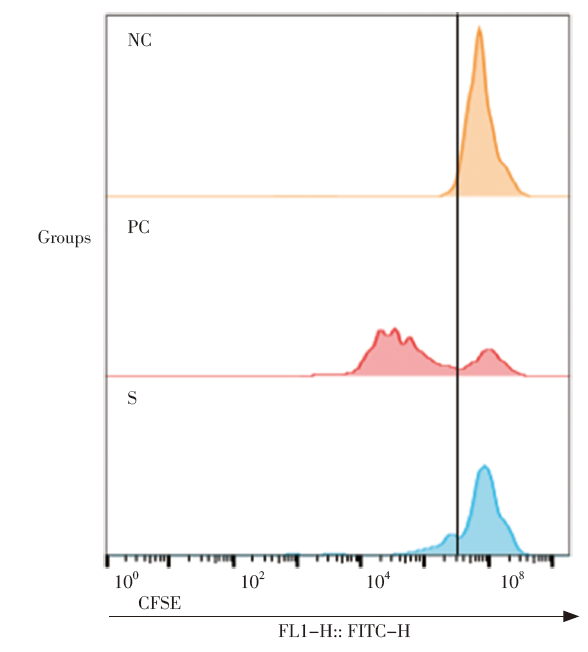
[Editor’s Note]
Stem cells are a class of primitive, undifferentiated cells characterized by their capacity for self-renewal, intrinsic homing capability, low immunogenicity, multipotent differentiation potential, and the ability to regenerate various tissues and organs. These unique biological properties make them a promising therapeutic tool for numerous intractable and severe human diseases. Over the years, the significant global attention has been directed toward advancing stem cells research and clinical translation, with the publication of a series of guidelines to facilitate their clinical application. In 2008, the International Society for Stem Cell Research (ISSCR) published the Guidelines for the Clinical Translation of Stem Cells. In 2009, the International Stem Cell Forum (ISCF) released the Guidelines for the Derivation and Distribution of Human Embryonic Stem Cell Lines, which provided foundational standards for the translational development of stem cell-based therapies. Subsequently, regulatory agencies, including the U.S. Food and Drug Administration (FDA), the European Medicines Agency (EMA), the World Health Organization (WHO), the International Council for Harmonisation of Technical Requirements for Pharmaceuticals for Human Use (ICH), ISSCR, and ISCF, have developed technical specification and updated technical guidelines. These guidelines encompass quality control from the procurement of raw materials to the final product, as well as preclinical and clinical studies. As of October 23, 2024, a keyword search for “stem cell” on ClinicalTrials.gov identified 13 021 globally registered clinical trials focused on stem cell-based therapies, including 1 942 studies with published results. To date, over 20 stem cell-based pharmaceutical products have been approved for market worldwide. Stem cell therapy has thus emerged as a critical focus in international biomedical research, driving innovation and advancing the frontiers of regenerative medicine.
In our country, the National Health and Family Planning Commission and the China Food and Drug Administration jointly issued the Administrative Measures for Stem Cell Clinical Research (Trial) on July 20, 2015. Shortly thereafter, on July 31, 2015, the two agencies collaboratively formulated the Guidelines for Quality Control of Stem Cell Preparations and Preclinical Research (Trial) to ensure the safety and efficacy of stem cell therapies. In recent years, the Center for Drug Evaluation (CDE) of the National Medical Products Administration (NMPA) has released a series of relevant technical guidelines, including: Technical Guidelines for Research and Evaluation of Cell Therapy Products (Trial) (December 2017), Technical Guidelines for Pharmaceutical Research and Evaluation of Human Stem Cell Products (Trial) (April 2023), and Technical Guidelines for Nonclinical Research of Human Stem Cell Products (Trial) (January 2024). As of the end of December 2024, a total of 159 stem cell pharmaceutical products have submitted IND applications to the NMPA. Among these, 72 products have been granted clinical trial approval by default. The indications for these therapies include pulmonary fibrosis, knee osteoarthritis, bone fractures, liver cirrhosis, acute-on-chronic liver failure, stroke, rheumatoid arthritis, diabetic foot ulcers, Crohn’s disease, and others.Crohn's disease, and others. On January 2nd, 2025, China's first stem cell therapy drug, Amy Metotrexate Injection (trade name: Ruibo Sheng), was approved for marketing, marking a new stage in China's stem cell therapy field.
Compared with other pharmaceuticals, stem cells possess self-renewal and multipotent differentiation capabilities. As a result, stem cell products exhibit diverse cell types, with the cells themselves capable of in vivo survival, proliferation, differentiation, and intercellular interactions. As living, sterile injectable medicines, stem cell products are exposed to significant variability in aspects such as cell source, type, expansion, genetic modification, and induced differentiation during production. This inherent heterogeneity and instability result in relatively short usage windows and present challenges in ensuring consistent quality. Consequently, quality control for stem cell products is more complicated, necessitating the development of novel, rapid, and effective testing methodologies and technologies. To tackle these challenges, we applied for and undertook part of the CGT (Cell and Gene Therapy) research project funded by the Beijing Municipal Science and Technology Commission. The project, titled Key Technologies for Quality Control and Service Platform Construction for Genetically Modified Immune Cells and Gene Therapy Drugs, includes the development of innovative testing methods for stem cell products. These advancements lay a foundation for enterprises to conduct testing required for clinical research applications or new drug approvals for stem cell products.
To embrace the forthcoming boom in stem cell product research, we have organized a team of stem cell product quality analysis experts to author several specialized articles. These contributions form a three-part series titled Special Column on Quality Research and Evaluation of Stem Cell Products. The series covers novel techniques and methods for quality control and testing of stem cell products, as well as the establishment of quality systems for stem cell testing laboratories. This issue features four articles, including: “Research Progress on Quality Control Analysis Methods for Stem Cell Products” “Biological Activity Methods Development of Mesenchymal Stem Cell Products” “Establishment of RT-qPCR Method for Telomerase Catalytic Subunits of Mesenchymal Stem Cells” and “The Construction of AAV Vector-HPV16-HPV18-HPyV Pseudoviruses and Application in the Examination of Human-derived Viruses in Stem Cells”. We hope the insights shared in this column will serve valuable opinions for relevant enterprises and research institutions, accelerating the clinical research and industrialization of stem cell products.